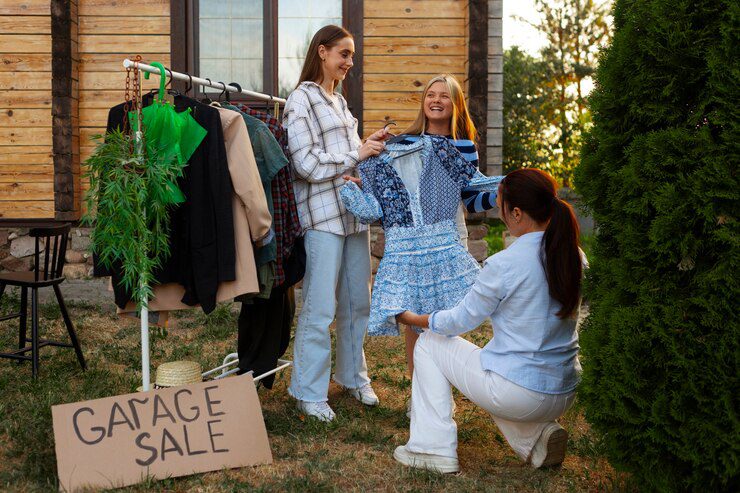In a world where style meets sustainability, eco-friendly fashion is taking center stage, transforming how we think about what we wear. Gone are the days when fashion was solely about trends and brands; today, it’s increasingly about making choices that benefit both the planet and our wardrobes. Let’s explore the fascinating journey of eco-friendly fashion and how it’s shaping the future of style.
From Niche to Mainstream: The Rise of Eco-Friendly Fashion
Once considered a niche market, eco-friendly fashion has surged into the mainstream, driven by rising consumer awareness and demand for sustainable practices. According to a report by Grand View Research, the global eco-friendly fashion market was valued at $6.35 billion in 2022 and is expected to grow at a compound annual growth rate (CAGR) of 10.5%. This growth reflects a significant shift in consumer preferences towards brands that prioritize sustainability.
The Dawn of Sustainable Materials
The foundation of eco-friendly fashion lies in the materials used. Traditional textiles often come with environmental costs, from water pollution to high carbon emissions. Enter sustainable materials: from organic cotton and recycled polyester to innovative fabrics like mushroom leather and seaweed-derived textiles. These materials are making waves in the fashion industry, reducing waste and lowering the environmental impact of production.
For example, Patagonia, a pioneer in sustainable fashion, has committed to using recycled materials in its products. Their dedication to eco-friendly practices has set a benchmark for other brands and proves that style and sustainability can go hand in hand.
The Circular Fashion Movement
The concept of circular fashion is another game-changer in the realm of eco-friendly fashion. Instead of the traditional linear model—buy, use, dispose—circular fashion focuses on extending the lifecycle of garments. This includes practices like recycling, upcycling, and reselling.
Brands like Stella McCartney and H&M are leading the charge with their circular fashion initiatives. Stella McCartney’s collections often feature recycled materials, while H&M’s Conscious Collection aims to reduce waste through garment recycling and sustainable sourcing.
The Digital Revolution: Virtual Fashion and AI
In the age of technology, even fashion is getting a digital makeover. Virtual fashion and artificial intelligence (AI) are playing increasingly important roles in eco-friendly fashion. Virtual fashion allows designers to create and showcase collections without producing physical samples, thus reducing waste and carbon footprint.
AI, on the other hand, is helping brands optimize their supply chains and reduce overproduction. A study from McKinsey & Company found that AI can reduce waste in the fashion industry by up to 20% by improving inventory management and predicting trends more accurately.
Challenges and Opportunities
Despite its growth, eco-friendly fashion faces several challenges. One major issue is the higher cost of sustainable materials, which can lead to higher prices for consumers. Additionally, the industry still grapples with greenwashing, where brands falsely claim to be eco-friendly without substantial evidence.
https://bloggersmap.com/sustainable-fashion-ethical-choices-for-your-wardrobe/However, these challenges present opportunities for innovation. As technology advances and consumer demand for transparency grows, the fashion industry is likely to see more breakthroughs in sustainable practices. Ethical brands that genuinely commit to eco-friendly fashion will not only gain consumer trust but also drive meaningful change in the industry.
How You Can Contribute
Embracing eco-friendly fashion doesn’t just involve supporting sustainable brands—it also means making conscious choices as a consumer. Opt for quality over quantity, choose brands with transparent practices, and consider second-hand shopping. Your choices can influence the market and contribute to a more sustainable future.
Conclusion
The evolution of eco-friendly fashion is a testament to how style and sustainability can coexist. From sustainable materials and circular fashion to the digital revolution, the fashion industry is undergoing a significant transformation. As consumers, we have the power to drive this change by making informed choices and supporting brands that prioritize the planet. So next time you’re updating your wardrobe, remember that every choice you make can be a step towards a more stylish and sustainable future. Fashion is not just about looking good—it’s about feeling good knowing you’re making a positive impact.







